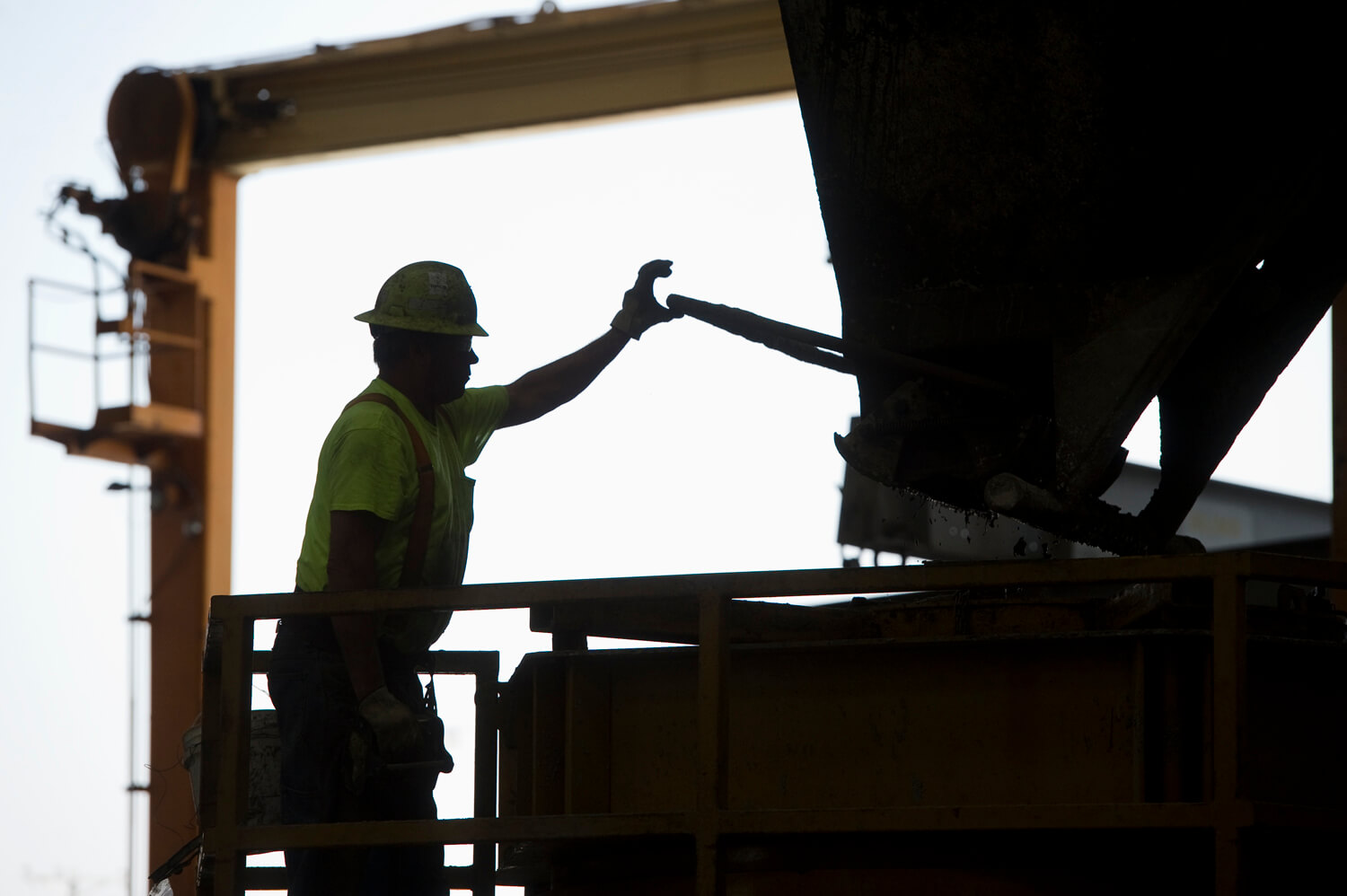It's great to be confident about your job, and it's always reassuring to have the newest tools, personal protective equipment (PPE), and equipment on the work site. When you have trustworthy safety equipment, you can perform your job with confidence.
However, it's important not to be overconfident. As Frick & Frack have shared in the past, being too confident in your equipment can lead to pushing risk to the extreme, increasing chances of job site injury, or even death.
Whether you have a new ladder, the latest Kevlar-lined anti-impact gloves, or even a recently purchased piece of heavy machinery, it's easy to forget that accidents can still happen, which often leads to carelessness and – ironically – increased injuries or fatalities. This is the overconfidence effect in action – a cognitive bias that frequently leads to recordable incidents and a lot of near misses.
Examples of Overconfidence in Construction Safety Equipment
Better tech doesn't necessarily correlate to improved safety numbers. For example, when antilock brakes first appeared in the 80s, a German cab company found that because the brakes worked so well, drivers were more aggressive behind the wheel, and the number of accidents actually increased.
Let's look at a few example situations you may find yourself in.
- You’re an authorized and trained lifting operator that has worked on cranes for over a decade. You’ve seen the limits that the crane can be pushed to, so you go to work lifting your load like normal and don’t check the load weight as carefully as you have before.
- Your company has new fire resistant workwear that does not burn when exposed to flame. You've heard great reviews, so you don't pay attention during the training meeting when they mention the new workwear. Unfortunately, you miss the part that teaches how fire resistant workwear just minimizes the severity of burns, and you can still be injured.
- You’ve removed a safety guard to service the gears on your mechanical press, and because you know you won't stand on the side of the machine near the gears, you don’t put the guard back on when you're finished.
- You need to run into the utility trench to grab some papers that just flew in. You’ve never seen a trench collapse, and since you dug the trench yourself, you go in even though the trench box hasn’t been placed yet.
- The new bulldozer your company purchased comes equipped with an updated load management system that is continuously optimizing speed and torque. You’ve been operating bulldozers for years, so you push the bulldozer to its limits.
- You have to walk more than 15 seconds to reach the lockout equipment, so you choose not to lock out the electrical panel appropriately when performing repairs.
- You’ve purchased a new ladder with slip-resistant rungs, so now you decide to climb the ladder quickly and more carelessly. Also, you aren't aware of the American National Standards Institute weight classifications of your ladder (Type IA: 300 pounds; Type I: 250 pounds; Type II: 225 pounds; and Type III: 200 pounds).
- As a window glazer, you’ve never fallen, seen anyone fall, or even heard of anyone falling; therefore, you have a high degree of confidence that you won’t fall. As a result, you don’t tie off your fall protection equipment to reach your water.
When you're so confident in your equipment that you push the risk to the extreme, you're heading down a dangerous path. Instead, if you place good decision making as a priority, and consider your safety equipment to be a back-up plan, you'll be a lot less likely to experience an injury on the construction site.
Steps to Keeping Your Overconfidence in Check
-
Read all of the instruction manuals – If you know exactly how the safety equipment is supposed to work, you will also be aware of how it can fail.
-
Don't use equipment beyond its lifespan – Knowing the recommended amount of wear and tear equipment can handle will ensure that you make updates when you need to.
-
Pay attention to training – When your team has a safety meeting or training on a new piece of equipment, take it seriously.
-
Don't dismiss warning signs – If equipment seems to be working improperly, don't dismiss the issue due to your own "professional expertise."
-
Be self-aware – In addition to being aware of your surroundings at all times, accept humility and remind yourself of the overconfidence effect.
Remember that it only takes one mishap. As the saying goes, "You can be safe 100 times, but you only die once."
If you've never had an accident on the job, this doesn't make you immune to safety risks; luck doesn't always trump carelessness. By being prepared for safety equipment failure, you won't be caught by surprise when it happens.
Change Your Company's Safety Culture
Safety starts with you; when you notice carelessness in your work environment, you can lead by example. There are many ways to make construction safety a priority, and we cover them all with our extensive safety content.
Sources: Idesco Training Article, OSHA, Safeopedia


